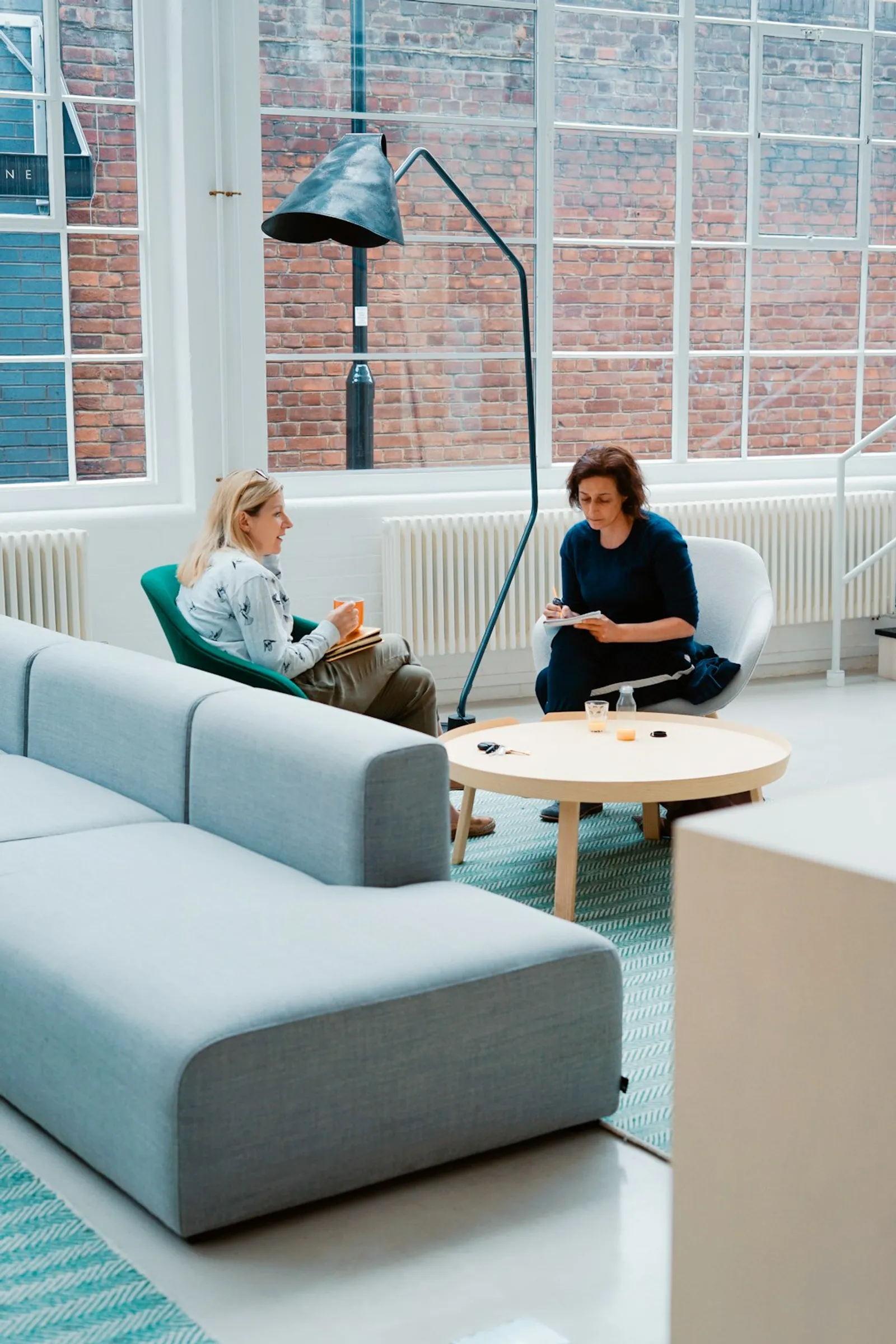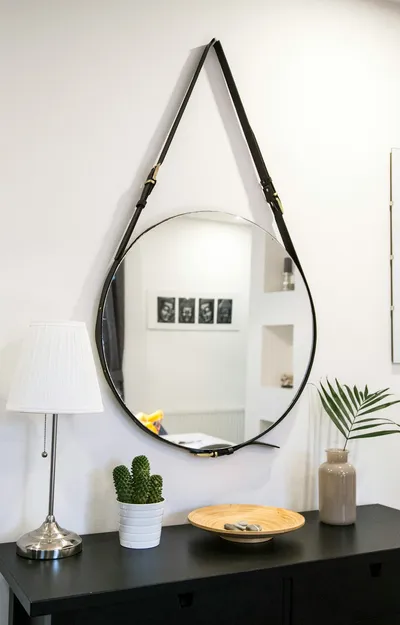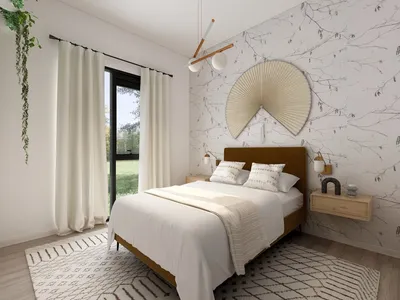The Art of Space Planning in Modern Furniture Design

The process of space planning is a crucial element of modern furniture design, as it helps create harmony and functionality within a living space. This guide will explore the key principles of space planning and provide practical tips to optimize your interior design.
Understanding Space Planning
Space planning involves organizing furniture and decor in a manner that maximizes functionality and aesthetic appeal. It’s a strategic process that considers various factors such as flow, scale, and proportions to create a balanced and harmonious layout.
The Importance of Flow
Flow refers to the way people move through a space. In modern furniture design, ensuring smooth flow is essential. This can be achieved by creating clear pathways and avoiding clutter. Arranging furniture in a way that guides movement can enhance the user experience and make a space feel more open and inviting.
Scale and Proportion
Getting the scale and proportion right is vital in space planning. Furniture should be appropriately sized for the room and should relate well to other pieces. An oversized sofa in a small room can make the space feel cramped, while a tiny coffee table in a large living area can seem out of place.
Key Strategies for Effective Space Planning
Define Zones
In open-plan designs, defining zones can help create structure and purpose. Use furniture to delineate areas for different activities, such as dining, lounging, or working. Rugs, lighting, and even partitions can further reinforce these zones without disrupting the flow.
Prioritize Functionality
While aesthetics are important, functionality should never be compromised. Consider how the space will be used and prioritize furniture and layouts that serve those functions. For instance, in a living room, ample seating and accessible storage might be top priorities.
Incorporate Flexibility
Modern lifestyles require adaptable spaces. Incorporate flexible furniture such as extendable tables, modular sofas, or multi-functional pieces that can easily be reconfigured to suit changing needs.
Common Mistakes to Avoid
Ignoring Traffic Patterns
One common mistake in space planning is neglecting to consider how people will move through the room. Ensure there's enough space to walk around furniture without obstruction.
Overcrowding the Space
While it can be tempting to fill a room with furniture, it's important to leave some empty space. Overcrowding can make a space feel cluttered and cramped. Opt for fewer, high-quality pieces rather than overloading the room.
Conclusion
Mastering the art of space planning can make a significant difference in your modern furniture design. By considering flow, scale, functionality, and flexibility, you can create an interior that is both stylish and practical. Start planning your space now to transform your living areas into beautifully designed, comfortable environments.



